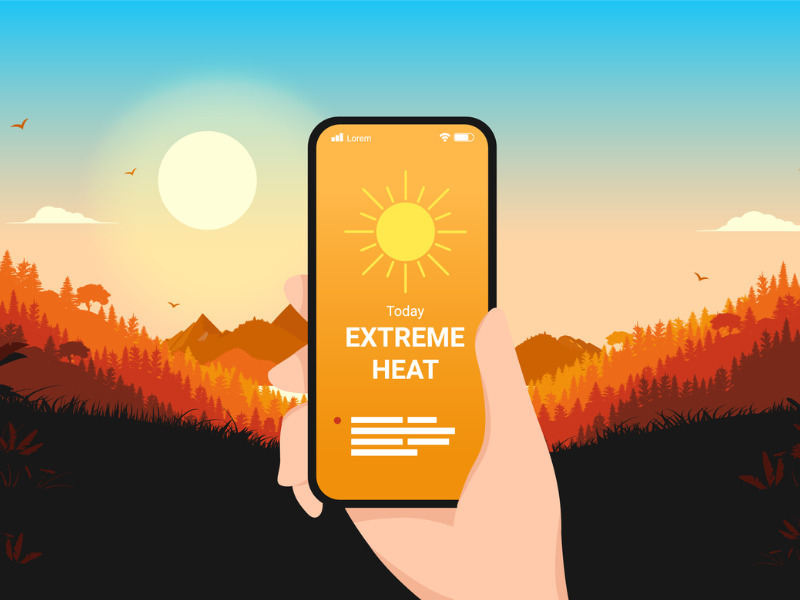Ongoing heat over southern B.C. topples records, sets table for added wildfire woes

VANCOUVER – The ten hottest communities in Canada were all located in British Columbia on Monday and forecasters expect the sizzling temperatures will continue for at least a few more days across the province’s Interior.
The Fraser Canyon communities of Lytton and Lillooet both broke the 40 C mark on Monday, with Lytton reaching 41.4 C and Lillooet slightly behind, while the southern Okanagan community of Osoyoos was expected to join the 40-plus club by the end of the day.
Environment Canada says 20 communities from Vancouver Island to the Cariboo, southern Interior and southeastern B.C., set heat records on Monday and with high humidity, it warns many towns and cities could feel hotter than 40 C.
The conditions are a concern for the B.C. Wildfire Service, which says a cold front from the northwest is due Thursday and will hit the high-pressure system bringing all the heat, creating strong winds, dry lightning and the potential to add to the province’s already challenging wildfire season.
The Osoyoos fire is seen burning across the lake in Osoyoos, B.C., in a Saturday, July 29, 2023, handout photo. THE CANADIAN PRESS/HO-Walter Wells, *MANDATORY CREDIT*
Roughly 380 wildfires are currently burning in B.C., with 162 considered out of control.
The weather office says overnight lows across southern B.C. didn’t dip much below 20, further complicating the wildfire situation while adding to the risks facing elderly or vulnerable people who can’t escape the ongoing heat wave.
An outreach team for the Union Gospel Mission in Vancouver has been working in the city’s Downtown Eastside to ensure people are aware and are prepared to cope with the heat spike across parts of B.C.
Mission spokeswoman Nicole Mucci says those who are experiencing mental illness, homelessness or who have chronic health conditions are most at risk of illness and death during such heat waves.
She says staff have been handing out water, hats and sunscreen and are encouraging people living on the Downtown Eastside to seek out cooling stations during the day and stay in shelters at night.
Heat dome repeat?
B.C.’s Ministry of Emergency Management has said a repeat of the 2021 heat dome, which claimed more than 600 lives, is not forecast but it warns people to take precautions to stay out of the heat, drink water and limit activity.
The coroner’s report from the 2021 event said most of the deaths happened indoors and were adults above 60 years old who didn’t have air conditioning. It said the number of deaths for those living in poverty was “lower than may have been expected.”
“It is important to learn from the people living in those areas, such as those living in the Downtown Eastside of Vancouver,” the report said. “Lived experience must inform community strategies for prevention from planning through implementation.”
Mucci agreed, noting it is also important to remember that many people in areas such as the Downtown Eastside live in affordable or “precarious” housing, like single rooms, and don’t always have access to fans or air conditioning.
She noted the mission’s housing team has worked to ensure its shelters are equipped with cooling areas.
Mucci said they’ve noticed many groups within the community now watch to ensure residents are prepared and protected.
“Whether that’s folks who are unhoused, folks who are experiencing addiction, perhaps those with mental illness, or those who are maybe elderly or disabled, and just letting them know that hot weather is coming,” she said.
Environment Canada urges people to be aware of heat illnesses and its symptoms, including swelling, rash, cramps, fainting, heat exhaustion, heat stroke and the worsening of some health conditions.
Bulletins from the weather office show much of the coastal region will return to seasonal temperatures by Wednesday, but central and southern regions of the province will endure the heat a day or two longer.
Feature image by iStock.com/Overearth







